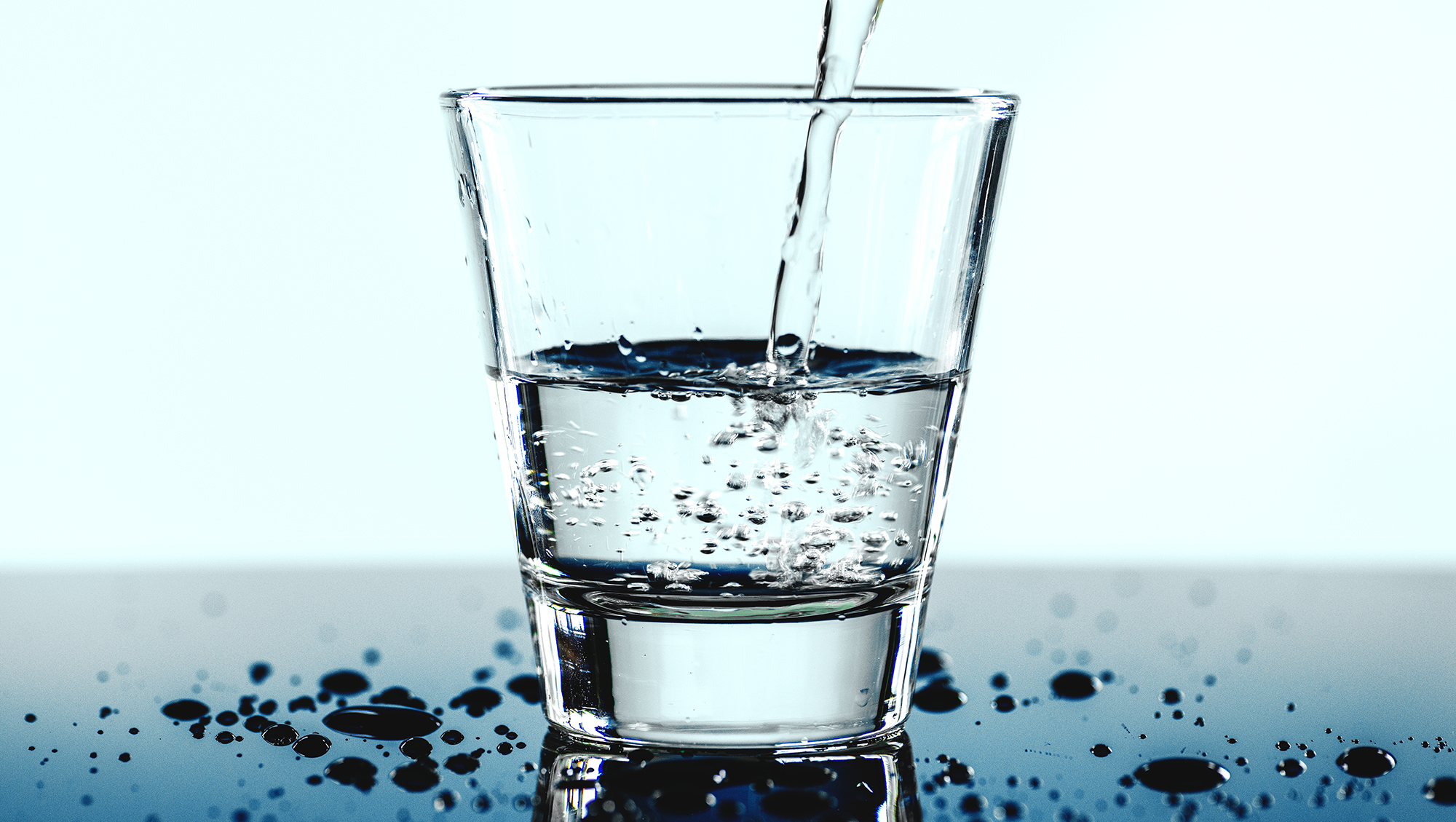
Looking Into the Difference Between Sparkling and Still Water
Hydration is a crucial part of human life. According to the U.S. National Academies of
Get Prepared for Easter with Fresh Farms | Now Available Baby Lambs
(Please Ask Our Meat Department For Assistance. Available at all stores except for Devon Ave)

Food storage is a major issue when it comes to keeping food safe. Food that is not properly stored can become spoiled and contaminated, leading to illness.
Food storage refers to food stored in refrigerators, freezers, pantries, or some cases warming containers. There are very specific rules regarding the temperatures at which food must be stored, cooked, and reheated, and non-compliance with them increases the risk of contamination.
Food Storage in General
Maintaining a high level of food safety and keeping yourself and others safe begins with ensuring that food is properly stored. One of the first things to look for when storing food is the ‘use-by’ or ‘best-before’ dates printed on the packaging.
These dates most accurately indicate the shelf life of food, but opening a pack can almost always change the expiration date.
Food should be stored in airtight containers that are clean, dry, and sanitary. This will extend the shelf life of food and reduce the risk of contamination. Food should also be stored off the floor whenever possible to help prevent pests and other contamination.
Always remember that when it comes to food safety, it is better to be cautious and to ‘if in doubt, throw it out.’
Food Refrigeration and Freezing
Many foods must be kept in the refrigerator and thus kept below 5 degrees Celsius to reduce the risk of bacterial contamination. Meat, poultry, dairy, seafood, eggs, small goods, cooked rice, and pasta are among the foods that are frequently classified as ‘high-risk foods.’ Casseroles, quiche, pasta salad, pizza, sandwiches, and many cakes are examples of ready-to-eat foods that contain high-risk ingredients.
Storing these high-risk foods below 5 degrees Celsius prevents them from entering the ‘danger zone,’ which is defined as temperatures between 5 and 60 degrees Celsius. The danger zone is the temperature zone that provides bacteria with the ideal environment for rapid growth and multiplication, resulting in food poisoning.
Food’s longevity is increased when it is frozen because the water content of the food freezes, preventing bacteria from multiplying and food from spoiling. Food should be kept frozen at -18 degrees Celsius and thawed in a refrigerator that does not exceed 5 degrees Celsius until it is ready to be prepared.
Refrigerators and freezers must come with a thermometer. This allows you to easily check and record the internal temperature to function properly and prevent food from harming you. Use the weekly checklist to ensure that the temperature check is done twice a day. Click here to download the free refrigerator temperature checklist.
It is important to remember that freezing food does not remove bacteria. When the food melts, the bacteria grow and begin to grow again. It is also essential to avoid refreezing food that has already been frozen and thawed, as food that is frozen for the second time has a higher bacteria count.
When refrigerating and freezing food, it is important to keep the raw and cooked foods separate and store the cooked foods on top of the raw foods to reduce the risk of mutual contamination.
Food Preparation and Reheating
Temperatures are just as important when cooking and reheating food as they are when storing food. Even if food has been properly frozen or refrigerated, bacteria will still be present, so heating food to a safe temperature reduces the risk of food poisoning.
To reduce the number of bacteria to a safe level for consumption, high-risk food must be heated to at least 75 degrees Celsius. Once the food has reached this temperature, it should not be allowed to fall below 60 degrees Celsius until it is served. This applies to both cooking and reheating food, and the best way to keep track of the temperature is to invest in a food thermometer.
After cooking to this temperature, the food should be eaten or refrigerated within two hours. Food that has been stored in the Temperature Danger Zone (between 5 and 60 degrees Celsius) for two to four hours cannot be refrigerated and must be consumed. Food that has been in the Temperature Danger Zone for four hours or more must be discarded.
Hot food that will be refrigerated or frozen should be placed in separate shallow containers to allow it to cool faster than being left in one container. In addition, because microwaves rarely evenly cook food, food that is heated in a microwave should be stirred periodically while heating.

Hydration is a crucial part of human life. According to the U.S. National Academies of

The quality of your meals and drinks can vary based on the ingredients you use.

If you’re looking to celebrate national french fry day, you might want to take it

You won’t always find the stuff you need for sushi when you head to the

Sourcing ingredients for international cuisine can be challenging, especially if you want to make it
Eat well.
Save time.
Live better.